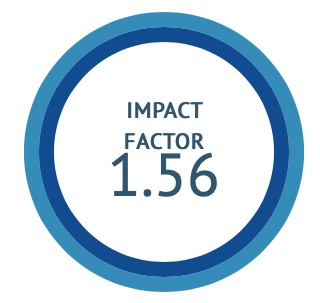Impact of Junk food on Physical and Mental health of the Youngsters in Bhopal city - A Cross Sectional Survey Study
DOI:
https://doi.org/10.47552/ijam.v11i2.1418Keywords:
Viruddha Ahara, Junk Food, Junk Food impact on health, Impact of Viruddha Ahara on HealthAbstract
Background- Ayurveda has given a unique concept of Viruddha Ahara. Junk food an energy-dense food could be consider as Viruddha Ahara because of its serious physical and mental health consequences. Aim - Find out the frequency of consumption of Junk food preparation and their effects on Physical & Mental health in the youngsters of Bhopal city with special reference to Viruddha Ahara. Study Design- was Observational cross sectional study. Material and Method- Modified Questionnaire based on WHO STEPS1, 2 and 3 guidelines was used to collect the data. 600 youngsters of age group between 12-25 years from various schools and colleges of Bhopal city were selected by stratified random sampling technique and Statistical Analysis was done with epi infoTM version 7 software. Appropriate statistical tests were applied such as frequency distribution, cross tabulation (M x N/ 2 x 2 Table), chi square test, z statistics and logistic regression analysis. Odds ratios (OR) with 95% confidence intervals (C.I) and p-value (significant <0.05) were also calculated as per need. Result- It was observed that all subjects were consuming different kinds of junk food with high mean frequency that was 3.28 days per week. Maximum youngsters were suffering from various physical and mental health consequences like 80.83% subjects were suffering from nutritional problem, 73.50% skin problems, 73.33 % GIT problems and 58.67% had anxiety disorder and 38.50% had recognised with mood disorder. Conclusion: The result of the survey study indicating that serious health consequences are developing in youngsters by consumption of viruddha ahara (Junk Food) and that could be converted them in chronic disease patients in near future.
Downloads
Published
How to Cite
Issue
Section
License
The author hereby transfers, assigns, or conveys all copyright ownership to the International Journal of Ayurvedic Medicine (IJAM). By this transfer, the article becomes the property of the IJAM and may not be published elsewhere without written permission from the IJAM.
This transfer of copyright also implies transfer of rights for printed, electronic, microfilm, and facsimile publication. No royalty or other monetary compensation will be received for transferring the copyright of the article to the IJAM.
The IJAM, in turn, grants each author the right to republish the article in any book for which he or she is the author or editor, without paying royalties to the IJAM, subject to the express conditions that (a) the author notify IJAM in advance in writing of this republication and (b) a credit line attributes the original publication to IJAM.




